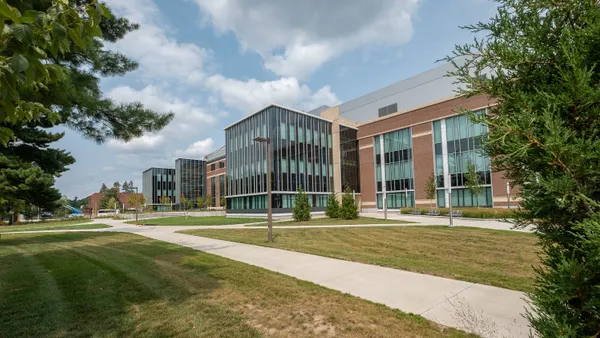Dive Brief:
- CREAM Architects and the University of Gothenberg have teamed up with Chalmers University of Technology in Gothenberg, Sweden to develop a mathematical solution for optimizing the placement of buildings within a landscape, according to Phys.org.
- Using multi-mesh computation mathematics, researchers are able to model both wind shear and available view to maximize environmental performance with design aesthetics.
- The team applied FEniCS software’s multi-mesh functionality to place smaller building mesh models inside a larger landscape mesh for measuring wind and view values for building positions.
Dive Insight:
Talk about a smart home. While designers and technologists have focused on building automation and networking to optimize energy consumption and provide human creature comforts, a Swedish research team is probing advanced computational mathematics to level set buildings from the start, optimizing them not only for wind shear performance, but for maximum view within a given landscape. As envisioned, the modeling technology also accounts for multiple structures within a landscape to determine the environmental effects and benefits of structural positioning.
First developed in 2004 as a collaboration between Chalmers University and the University of Chicago, the open-source FEniCS software provides scientific computing tools for computational meshes, variational formulations of partial differential equations, and numerical linear algebra. Researchers said additional work needs to be done to fine-tune the modeling for applied use in design and place making.












